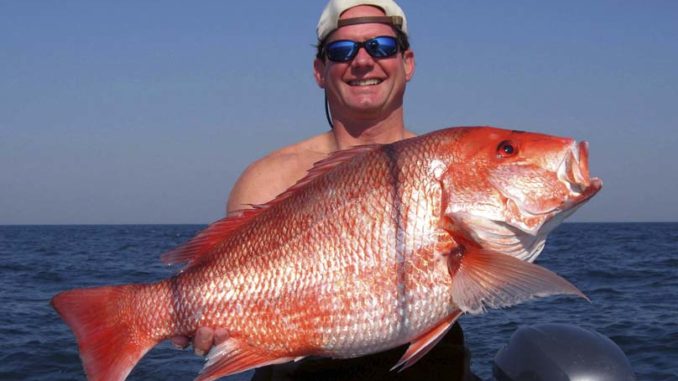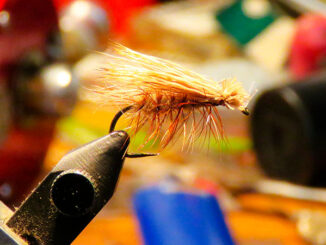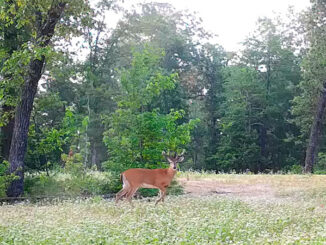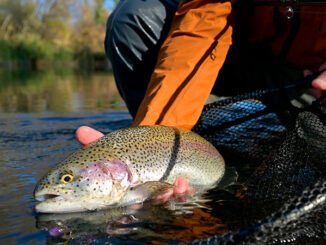
This species is coveted by recreational anglers
Red snapper (Lutjanus campechanus) are large snappers that are important to recreational and commercial fisheries. These fish are found from North Carolina, down the east coast, throughout the Gulf of Mexico, and to the Yucatan Peninsula.
These fish are most often found near reef habitats, live-bottom habitats, platforms, shipwrecks, and artificial reefs. They live in three distinct habitats in their lifetimes. As juveniles, they live in mud/sand bottom areas relatively close to shore. Around 3-years-old, they move to structure. At about the age of 10, they move off of structure and into very isolated, deep waters.
While many offshore species migrate long distances as seasons change, red snapper travel very little, other than for changing habitats as they age. Red snappers that are tagged as part of research studies are often caught within a mile or two of where they were tagged.
Fisheries biologists note that red snapper are very unlike most other fish in an interesting way. They can estimate the age of most species by the size of the fish. This is completely unreliable when it comes to red snapper. A 5-year-old red snapper can be as little as 13 inches long, or up to 32 inches in length.
Female red snappers reach sexual maturity between 2-years-old and 6-years-old. Males usually mature at younger ages. Their spawning season runs from May through September. During most years, May through July sees the majority of spawning, but that deviates in years with severe weather during those months.
Controversy surrounds management of red snapper
During the spawning season, females release a batch of eggs every five or six days. These releases may be as few as 1000 eggs or as many as 2.5 million eggs, depending on the fish’s size. Throughout one spawning season, mature larger females can drop up to 75 million eggs.
These fish have been recorded up to 58-years-old, but most red snappers don’t reach the age of 20. In both commercial and recreational sectors, the vast majority of harvested red snapper are between 2-years-old and 7-years-old.
Red snappers are opportunistic feeders. Their diets consist of just about anything they encounter that will fit in their mouths. Other fish, tunicates, squid, crabs, shrimp, and zooplankton make up much of their diet.
Red snappers have been a constant source of contention between anglers and fisheries managers. Lots of controversy surrounding surveys have plagued the efforts to protect these fish, which are seen as overfished in some areas, but widely abundant in others.
Short harvesting seasons mean anglers targeting other fish often catch — and must release — many quality red snapper throughout the year. Due to the depths these fish are usually caught, this often results in the death of released fish, adding further concern to the stability of the species.
Louisiana state record is also the world record
The next red snapper season for Carolina anglers takes place over a split four-day period. July 10 – 12 is the first session, followed by July 17.
Red snapper have a sloped profile, and their bodies are bright red on the backs, a lighter red or pinkish color along the sides, and pinkish-white on their bellies. They have red irises, medium-to-large scales, and a spiny dorsal fin with 10 spines and 14 soft dorsal rays. They are sometimes confused with vermillion snapper and cubera snapper. Smaller red snapper often have a large dark spot on their upper sides, but these almost always fade completely away as the fish grows.
The South Carolina state record for red snapper stands at 37 pounds, 8 ounces. K. Henry of Rock Hill caught the fish out of Little River in 1964. Ben Grant set North Carolina’s state record for red snapper. He caught the 40-pound fish in 1970 while fishing out of Cape Lookout.
The IGFA World Record red snapper came from Louisiana. Capt. Doc Kennedy caught the fish in June 1996.





Be the first to comment